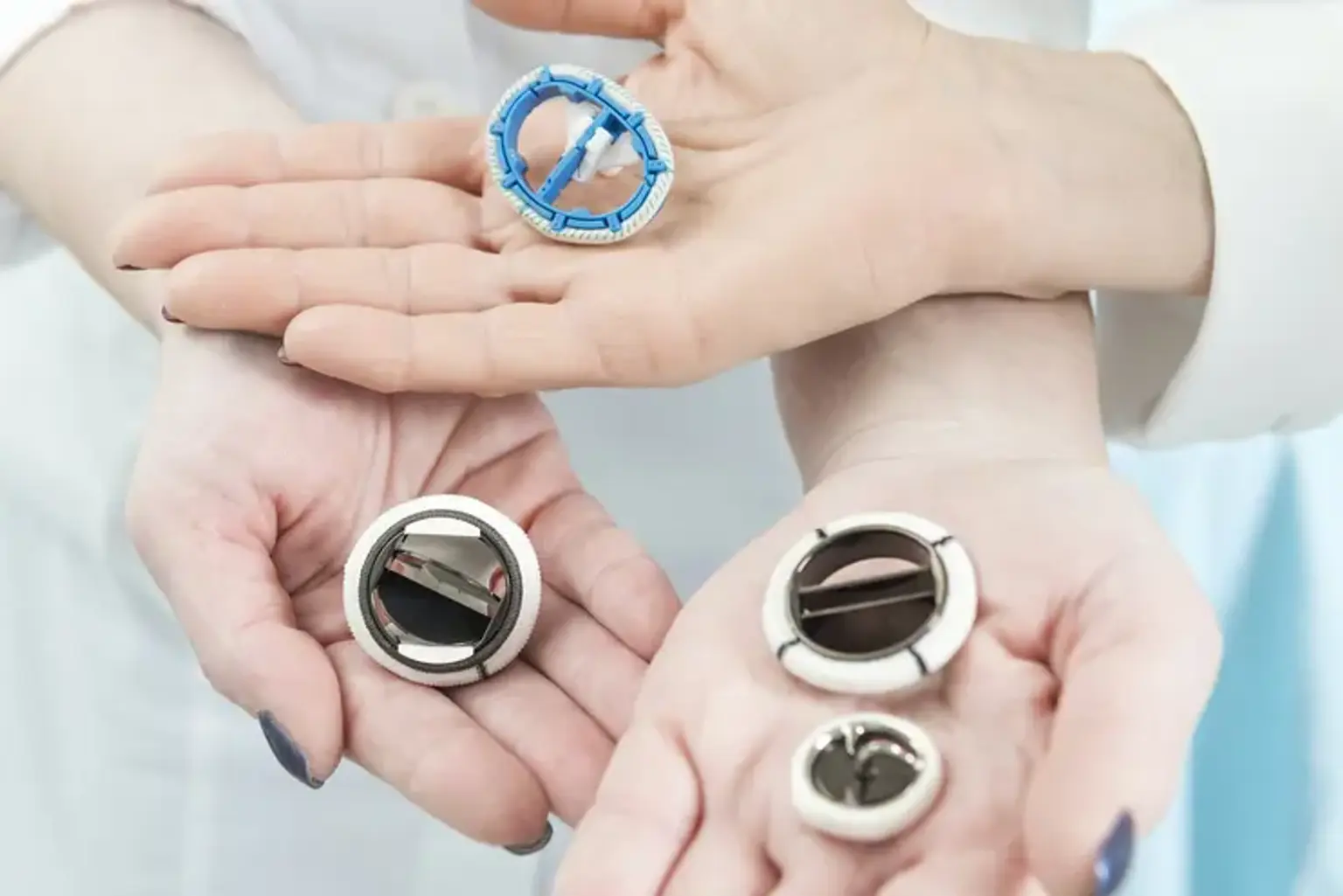Double Valve Replacement
Overview
Heart valve disease can be severe, resulting in double (mitral-aortic, mitral-tricuspid, or mitral-aortic-tricuspid) or triple (mitral, aortic, and tricuspid) valvular regurgitation. The surgical treatment of severe valvular regurgitation often consists of repairing or replacing all valves damaged by a pathologic condition.
